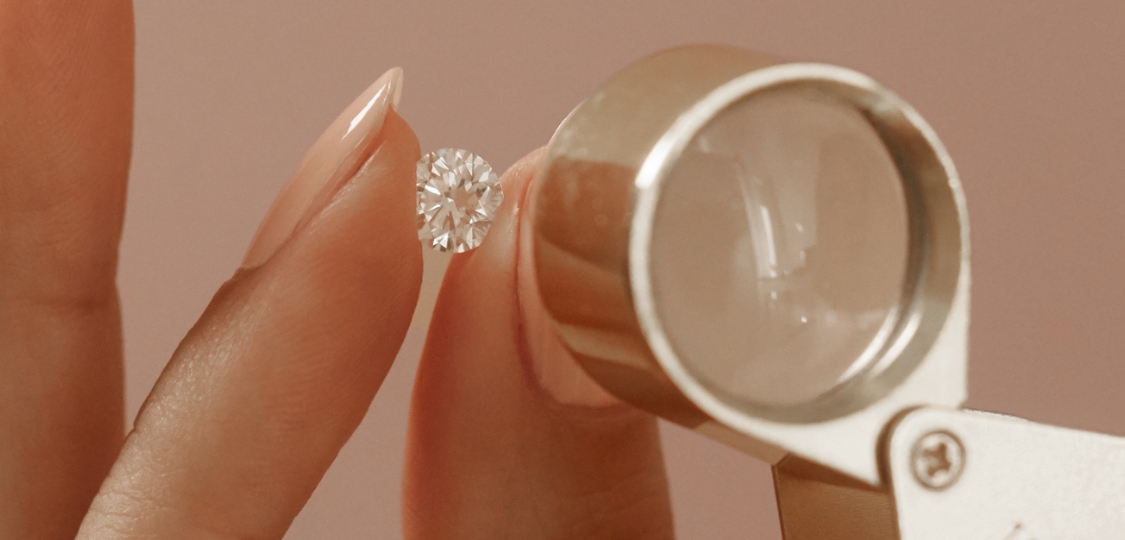
The Ultimate Guide to Diamonds and Sapphires: What Sets Them Apart?
Introduction
When it comes to choosing between diamonds and sapphires, it’s like picking between two timeless classics. Both stones have their own charm and allure, but they offer distinct characteristics that might sway your decision one way or the other. Let’s dive into what makes these gems unique, from their formation to their sparkle.
Understanding Diamonds
What is a Diamond?
Diamonds are often seen as the ultimate symbol of luxury and eternal love. But what exactly are they? Simply put, lab created diamonds, diamonds are a form of carbon where the carbon atoms are arranged in a crystal lattice. This arrangement makes them incredibly hard and brilliant.
Formation and Properties
Diamonds form deep within the Earth’s mantle under high pressure and temperature. Over millions of years, they are brought closer to the surface through volcanic eruptions. Their clarity, often seen as their most desirable trait, is a result of minimal inclusions or imperfections.
Diamond Cuts and Clarity
The way a diamond is cut can greatly affect its appearance. Classic cuts like the round brilliant, princess, and emerald shapes are popular because they maximize the diamond’s brilliance. Clarity, another key factor, refers to the presence of internal or external flaws known as inclusions and blemishes. The clearer the diamond, the more valuable it typically is.
Understanding Sapphires
What is a Sapphire?
Sapphires are also prized gemstones, known for their stunning blue hues, though they come in a rainbow of colors. Chemically, sapphires are corundum crystals with trace elements that give them their color. Most people associate sapphires with blue, but they can also be pink, yellow, green, and more.
Formation and Properties
Sapphires form in metamorphic rocks under intense heat and pressure. Their color varies depending on the presence of different trace elements, such as iron, Diferencias entre diamantes y zafiros, titanium, or chromium. Unlike diamonds, sapphires are often more durable due to their crystalline structure.
Sapphire Cuts and Clarity
Sapphires can be cut into various shapes, including oval, cushion, and round, to enhance their color and brilliance. While clarity is important, sapphires are often valued more for their color and less for internal inclusions. Treatments to enhance their color and clarity are common, but natural, untreated sapphires are highly prized.
Visual Differences
Color Variations
When comparing diamonds and sapphires, color is a key differentiator. Diamonds are usually clear or have a slight hint of color, which affects their value. Sapphires, however, come in many colors, with the most coveted being deep blue. Each stone has a unique hue, which can be one of the deciding factors in a purchase.
Brilliance and Sparkle
Diamonds are renowned for their brilliance and sparkle, a result of their high refractive index and dispersion. Sapphires, while also sparkling, generally have less brilliance compared to diamonds. This difference is due to the variance in how light interacts with each gem.
Durability and Hardness
Hardness on the Mohs Scale
Diamonds are the hardest known natural material, scoring a 10 on the Mohs scale of hardness. This makes them exceptionally resistant to scratches and wear. Sapphires, with a Mohs hardness of 9, are also quite durable but can be scratched by diamonds.
Resistance to Wear and Tear
While both diamonds and sapphires are tough, diamonds have the edge in terms of overall durability. Sapphires, although very hard, can be more prone to chipping along their edges, especially if not properly set or cared for.
Value and Rarity
Market Value Comparison
Diamonds typically command higher prices than sapphires due to their rarity and the extensive marketing campaigns that have solidified their place as the go-to gemstone for luxury. Sapphires, although valuable, are usually less expensive than diamonds of comparable size and quality.
Rarity and Availability
Diamonds are rarer than sapphires, but not by much. Sapphires are available in various colors and are found in several locations worldwide, including Sri Lanka, Myanmar, and Madagascar. The variety in color and source can affect their rarity and value.
Uses in Jewelry
Popular Jewelry Settings
Diamonds are often set in engagement rings, necklaces, and earrings where their brilliance can be showcased. Sapphires, on the other hand, are frequently used in statement pieces like engagement rings, especially those looking for a unique or colorful twist on tradition.
Cultural and Symbolic Significance
Diamonds symbolize eternal love and are traditional choices for engagement rings. Sapphires, particularly the blue variety, symbolize wisdom and nobility. They have been used in various royal regalia and are also associated with tranquility and calm.
Conclusion
Choosing between diamonds and sapphires really boils down to personal preference and the qualities you value most in a gemstone. Whether it’s the timeless sparkle of a diamond or the vibrant hues of a sapphire, both stones offer something special. Understanding their differences helps you make an informed choice that will shine brightly in any piece of jewelry.


